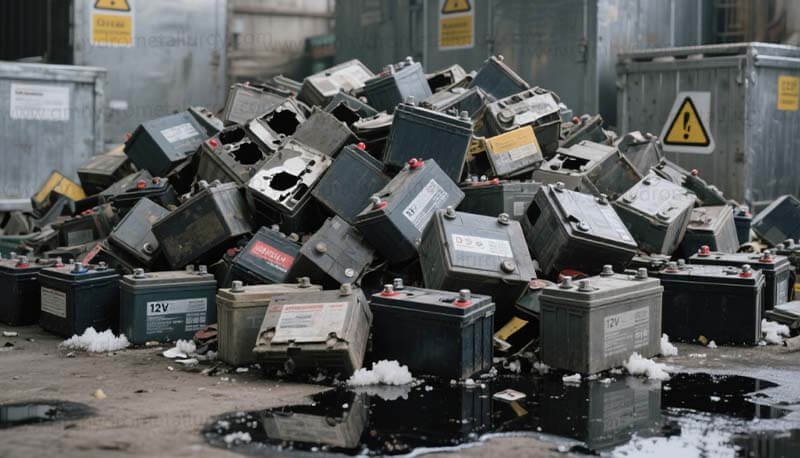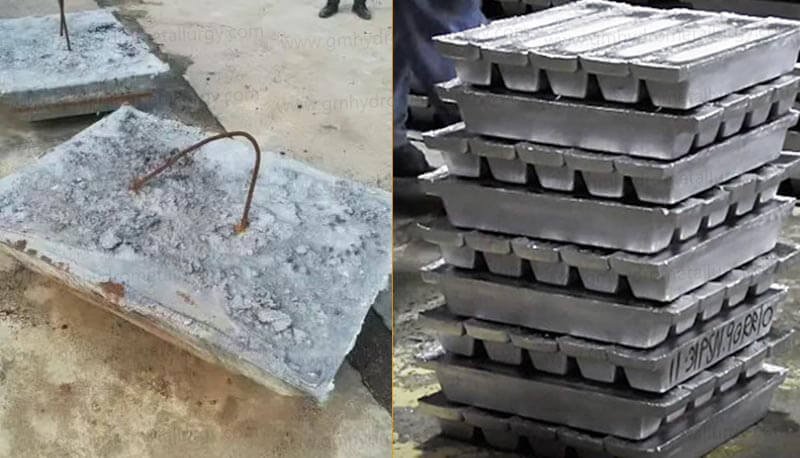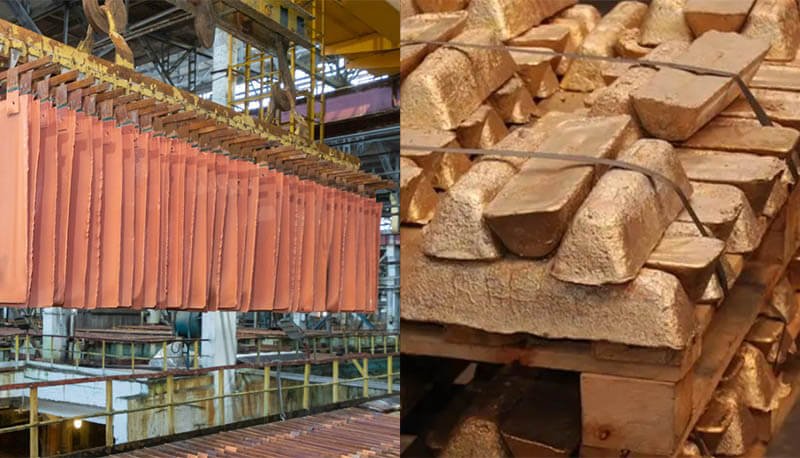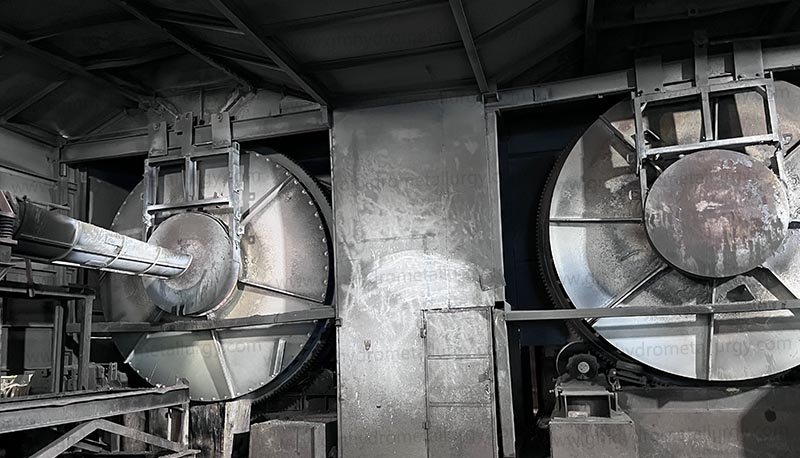Lead Electrorefining Process: Technology for High-Purity Lead Production
Lead refining primarily utilizes electrolytic methods, with solvent extraction and lead paste hydrometallurgical reduction being prominent techniques. Solvent extraction stands as the most widely adopted and efficient industrial process for producing high-grade refined lead.
Step-by-Step Lead Electrorefining Workflow
1. Feedstock Preparation
Lead-bearing materials – primarily lead paste (from spent batteries), lead-bearing wastewater, and lead-rich slags – undergo pretreatment. This includes filtration, drying, and impurity removal to ensure optimal purity for electrolysis.
2. Electrolytic Cell Design
The lead electrorefining cell is the core apparatus, engineered for efficiency, low energy consumption, and product quality. Key components include:
Anodes: Cast from impure lead bullion (e.g., from smelting).
Cathodes: Starter sheets (often stainless steel or titanium) for pure lead deposition.
Electrolyte: Typically a lead fluosilicate (H₂SiF₆) solution or lead methanesulfonate bath, not lead sulfate.
Cell Construction: Corrosion-resistant materials (PVC-lined steel, fiberglass-reinforced plastic).
3. Electrorefining Operation
Pretreated feedstock is loaded into the cell. Applying direct current dissolves lead from the anode and deposits ultra-pure lead (>99.99%) onto the cathode. Critical operational controls include:
Electrolyte temperature (35-45°C)
Current density (200-240 A/m²)
Acid concentration
Additive levels (e.g., lignin sulfonate for smooth deposits)
4. Product Recovery & Cathode Stripping
Post-electrolysis, cathode lead sheets are harvested via automated stripping systems. The pure lead is melted, cast into ingots, or milled into powder for direct use in lead-acid battery manufacturing or specialty alloys.
5. Wastewater Treatment
Electrorefining generates significant volumes of lead-contaminated effluent. Treatment employs:
Chemical precipitation (lime, sulfides) to remove dissolved lead.
Membrane filtration (reverse osmosis, nanofiltration) for advanced purification.
Effluent recycling to achieve zero liquid discharge (ZLD) compliance.
6. Anode Slime & Residue Processing
Anode slimes (insoluble residues) contain valuable metals (copper, tin, silver, bismuth, arsenic) and hazardous elements. Processing involves:
Hydrometallurgical recovery: Selective leaching (e.g., acid/alkaline) followed by cementation, precipitation, or solvent extraction to reclaim metals.
Pyrometallurgical treatment: Smelting slimes for bullion.
Safe stabilization of hazardous fractions for disposal.
Key Process Considerations
Purity Target: 99.99% Pb for battery grids.
Energy Intensity: ~120-150 kWh per tonne of lead.
Byproduct Value: Anode slimes are critical revenue streams.
Environmental Compliance: Adherence to RCRA/ISO 14001 standards is mandatory.






